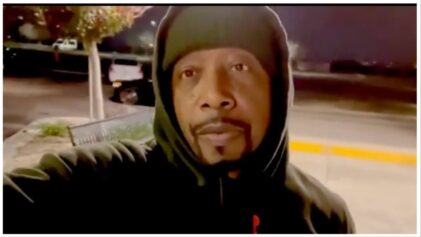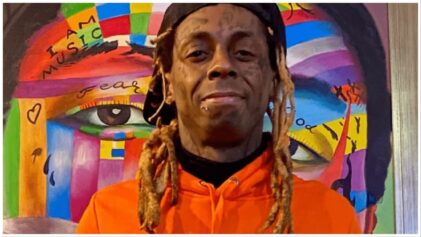“Electric Ladyland? Jimi Hendrix? You know how he does that whole solo backwards? I just like that sound, and I like to try it on different things and see what it does,” says Fred Peterkin.
The DJ and producer, better known as Fred P. and Black Jazz Consortium is attempting to explain the recurring theme of reversed samples in his music, and in the process, he shows a little bit of where his particularly deep style of house comes from.
It’s a sound characterized by dense textures, smeared samples, and often off-kilter rhythms that subliminally evokes Peterkin’s own complex relationship with music—a New York story with 30 years of near-misses, false starts, and disappointments before he finally found his recent success. With three LPs now behind him, his latest, Codes and Metaphors, dropped this week.
Peterkin grew up in Flatbush, Brooklyn and, like many of his peers, was enamored with radio. As it turned out, the airwaves were the medium by which he first experienced house music.
He says, “It was something that was played on the radio all the time.This was before the internet and all that stuff. It was basically this station 98.7 KISS FM, and they’d play club remixes and disco versions by Larry Levan of popular R&B songs that were out at the time. And these were the records that would be played at family functions—it was the most popular station in New York City.”
Around the same time, he found himself going deeper into New York’s hip-hop scene. In junior high school he got into b-boy culture, becoming a breakdancer and running with a group of friends who later, in high school, would begin exploring the city’s house dancing meccas.
“It started in the Pyramid Club in the Lower East Side. From there, I went with a friend from my neighborhood and we started looking for places to go dance ’cause we were both very much into the music. It was more so for the camaraderie of the dancing and being a part of the circle—that was a big deal because it was relative to a b-boy battle and the breaking and popping we did at the time. So it would be Pyramid, Sound Factory, Red Zone, and the Tunnel. Those were the main places we went.”
Yet even though he was a regular attendee of some of New York’s most hallowed dance floors, he wasn’t then particularly into club culture itself or even DJs. “I was more attracted to the social aspect in the early days; I wasn’t so much into club culture because I wouldn’t go to a club without my friends. In fact, sadly enough, I only knew a couple DJs that I followed when it came to house music. And that was Junior Vasquez, Roger Sanchez, DJ Disciple, Tony Humphries, Kenny Carpenter, John Roberts, those were the main ones that I used to look for when I used to go out and buy tapes. But I mean, I was heavily into hip-hop and dance music was the subculture.
Read more: XLR8R


